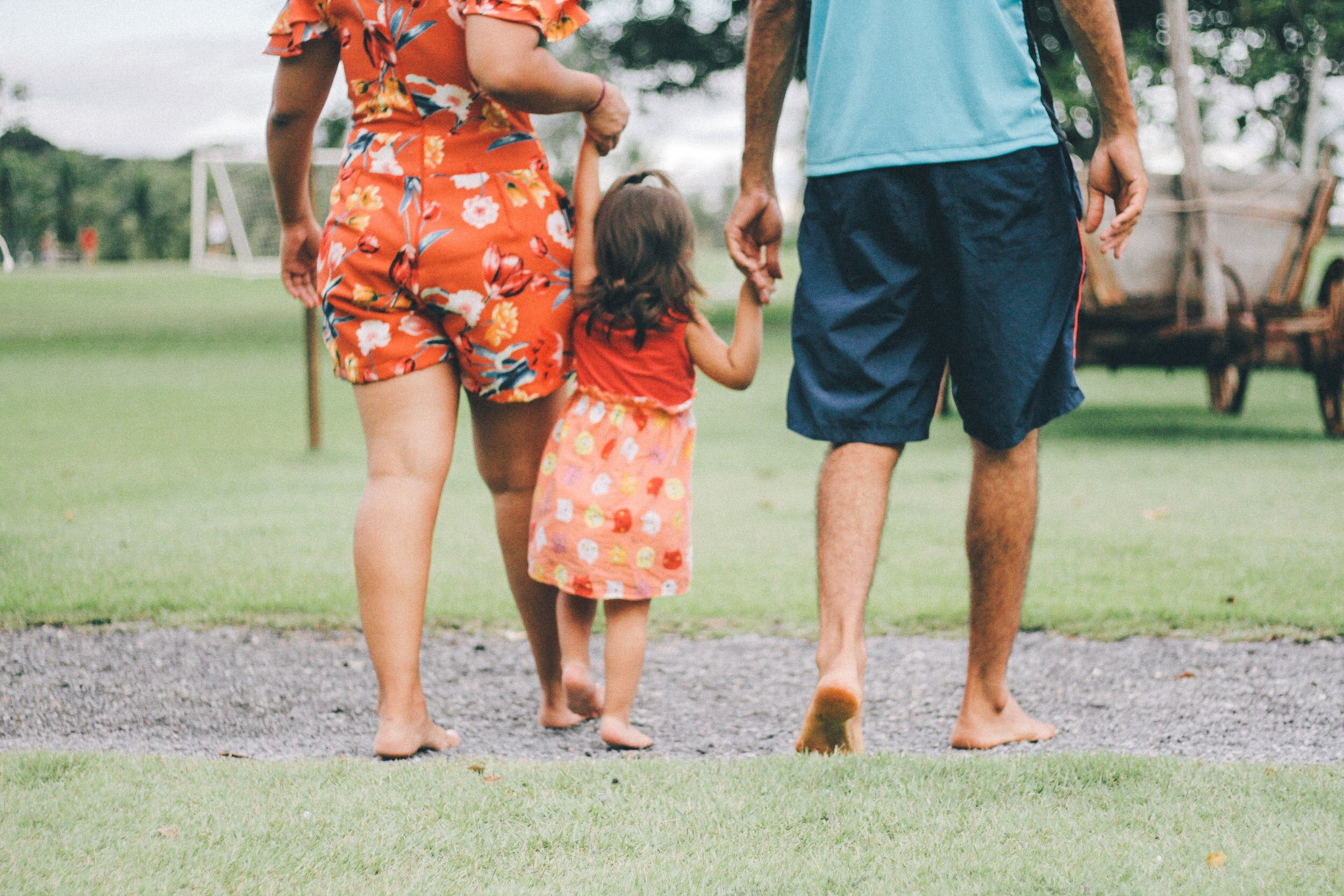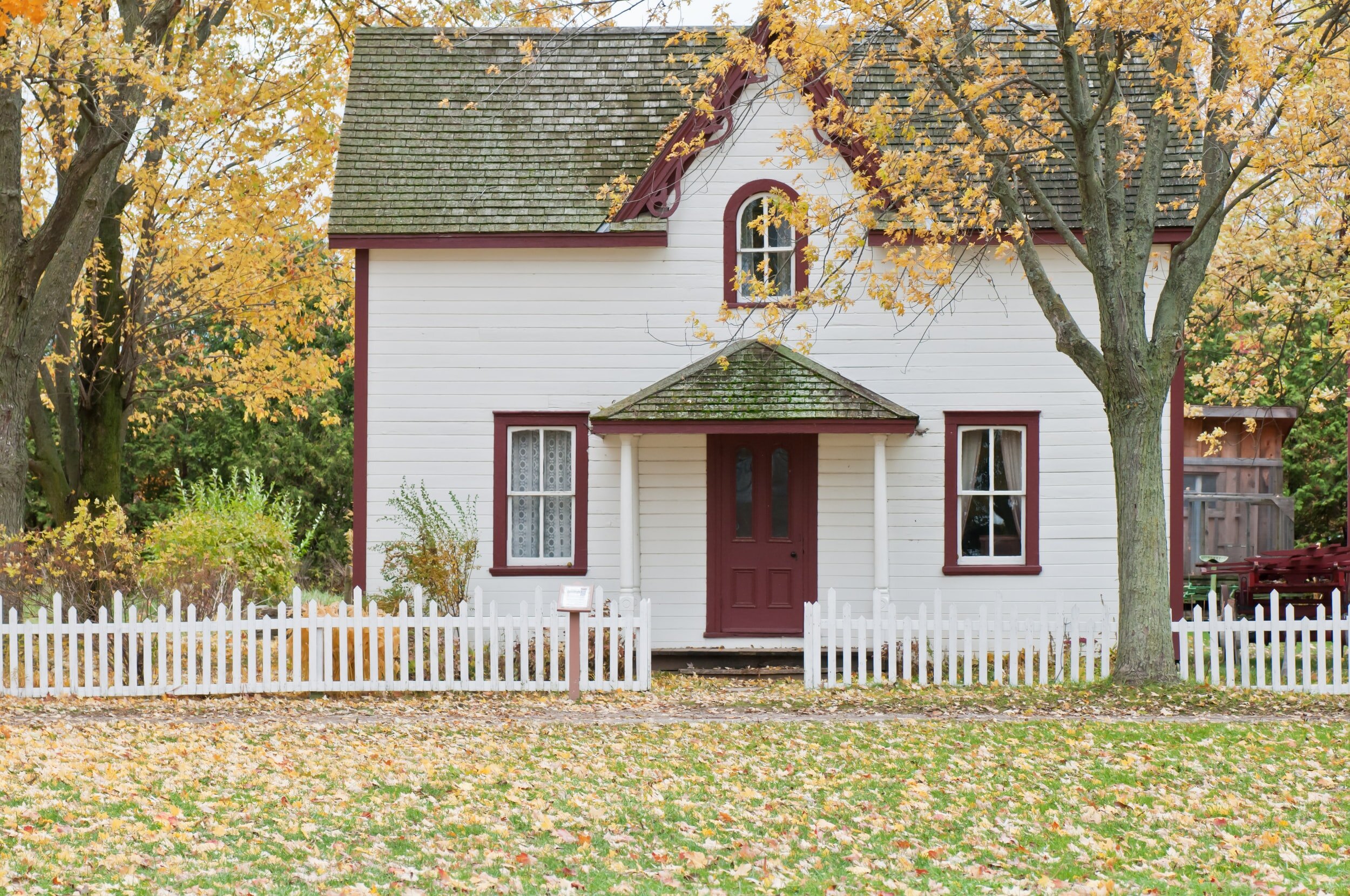As a parent, you’ve likely already had many discussions about your household’s security measures with other adults, and have been practicing them without the active participation of your child. Now though, as your child(ren) is getting older and more independent, your household safety rules need to be revisited. Introducing home safety to your child is an important process that guides them through many areas of new responsibility, covering their daily habits to what to do in a serious emergency.
Disclaimer: This article’s suggestions should only be taken as advice if you, as the adult of your household, know that it is applicable to and appropriate for your unique situation. While it’s important to teach children at an early age how to be responsible when it comes to home safety, when and how to begin these conversations is different for each child and is always up to your discretion.
In this article, we’ll share tips on properly introducing lock safety to your child as part of their home security education.
Interior Door Locks
A great place to start with younger children is introducing them to the locks inside of your home. Show them the open/lock process and then practice the manual skills with them a few times. Always end these lessons with a discussion or review about your house rules for locking doors, such as “Do not lock others inside a room.”
You can also take this opportunity to walk them through how their new knowledge applies in emergency situations, such as a door lock jamming or in the event of an intruder. While these important safety conversations can be scary to think about, it’s sometimes easier to have them early on and in a safe space, at a time when the child feels empowered with the skillsets they would need in these emergencies.
Outside Entry Point Locks
Teaching your child how to properly secure your home from the outside can be a longer process, as many points of entry have different lock types and your household can have unique rules for how and when to lock each entry point.
Here are examples of things you can review with them:
-
Doors/Window – How to properly latch down each entry, what a knob lock vs. deadbolt does to secure the door, household expectations on locking each door after entry/exit, what to do if they see a broken lock on the door/window glass.
-
Spare Keys – Where they are, what they unlock, who they can tell, and your expectations for how they will return the spare keys to their hiding location after use.
-
Smart technology/security – Where your outdoor cameras are, what security systems are in place and any codes they need to know, what to do if the alarms go off.
You may need to review these lessons a few times with your child. Remember: Practice makes perfect. Walk through opening and securing each point of entry, from both the inside and outside, multiple times with them until they show consistent understanding of the process.
Garage Doors
Many households have different policies about their garage doors, some allowing the door to remain open during the day while others have a strict open-then-close policy. These expectations are important to share with your child as part of their home safety education, because they often impact whether your household typically locks the interior garage door or not. From accidental lock outs to leaving your home unsecured, teaching your child about your garage door expectations will prevent many issues in the future.
After reviewing all methods of opening/closing the garage door, from keypads to remote entry, you can take it a step further by showing them how the exterior garage door actually works. Show them the sensors, and why blocking them stops the door from closing correctly. This can help solidify the importance of making sure that the garage door closes all the way before they walk away from it.
Safes
Generally, it isn’t necessary to show a small child how to open safes inside your home. Likely whatever you’re storing in a locked safe is meant to be hidden away from your household, and if your safe protects a firearm then you should always refer to the official guidelines for firearm security. Many parents choose to put off showing their children where a safe is, what is inside, and how to open it until they’re in their later teens, as even older children and early teenagers are undeveloped in their maturity.
Does your home need updated or upgraded security? Contact us for all your lock and safe needs.

